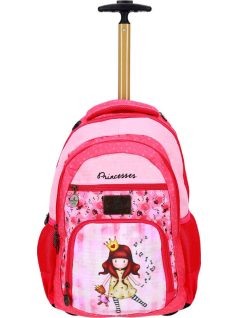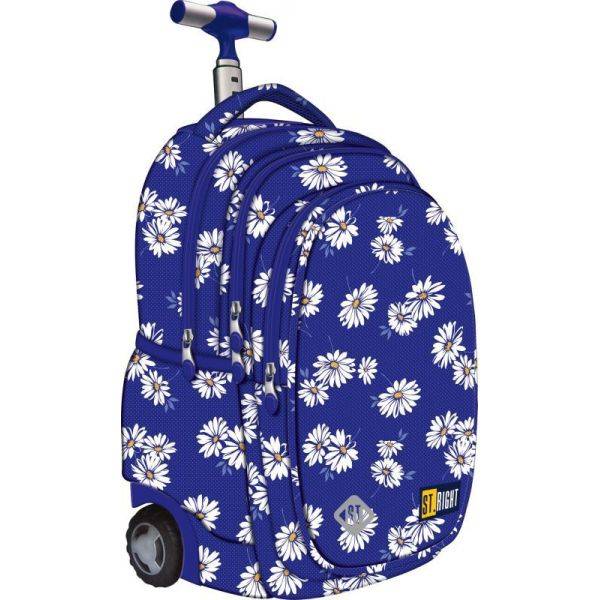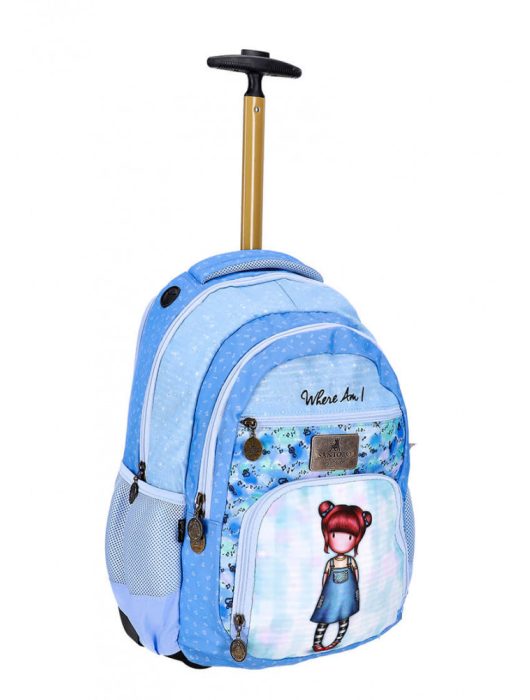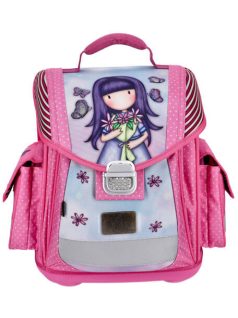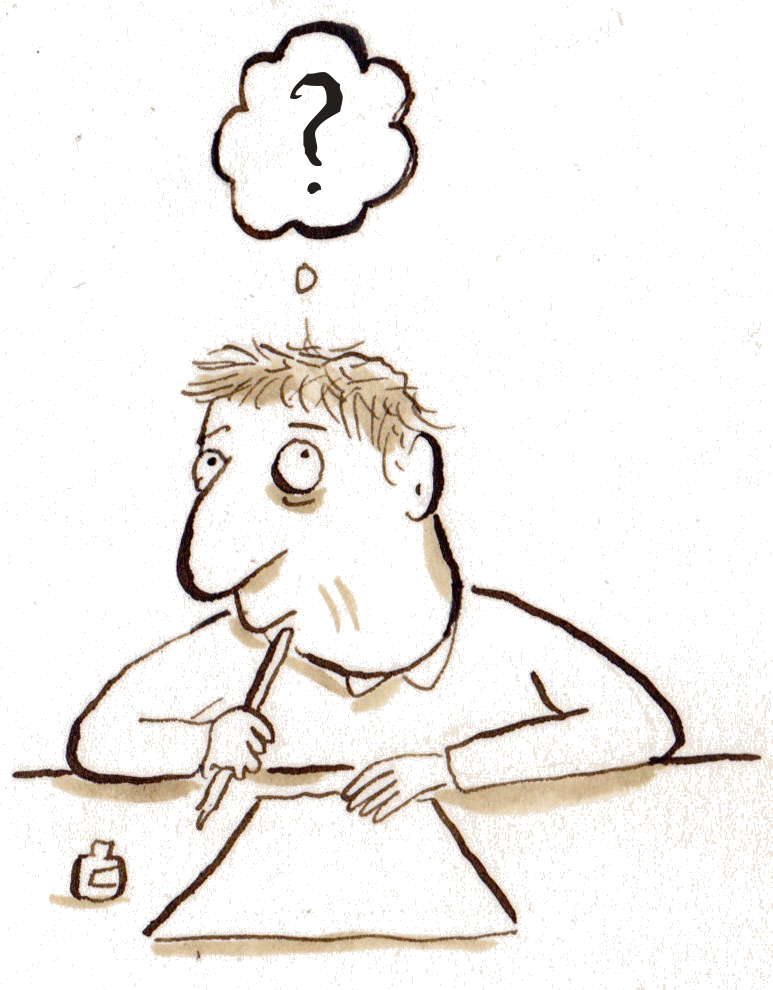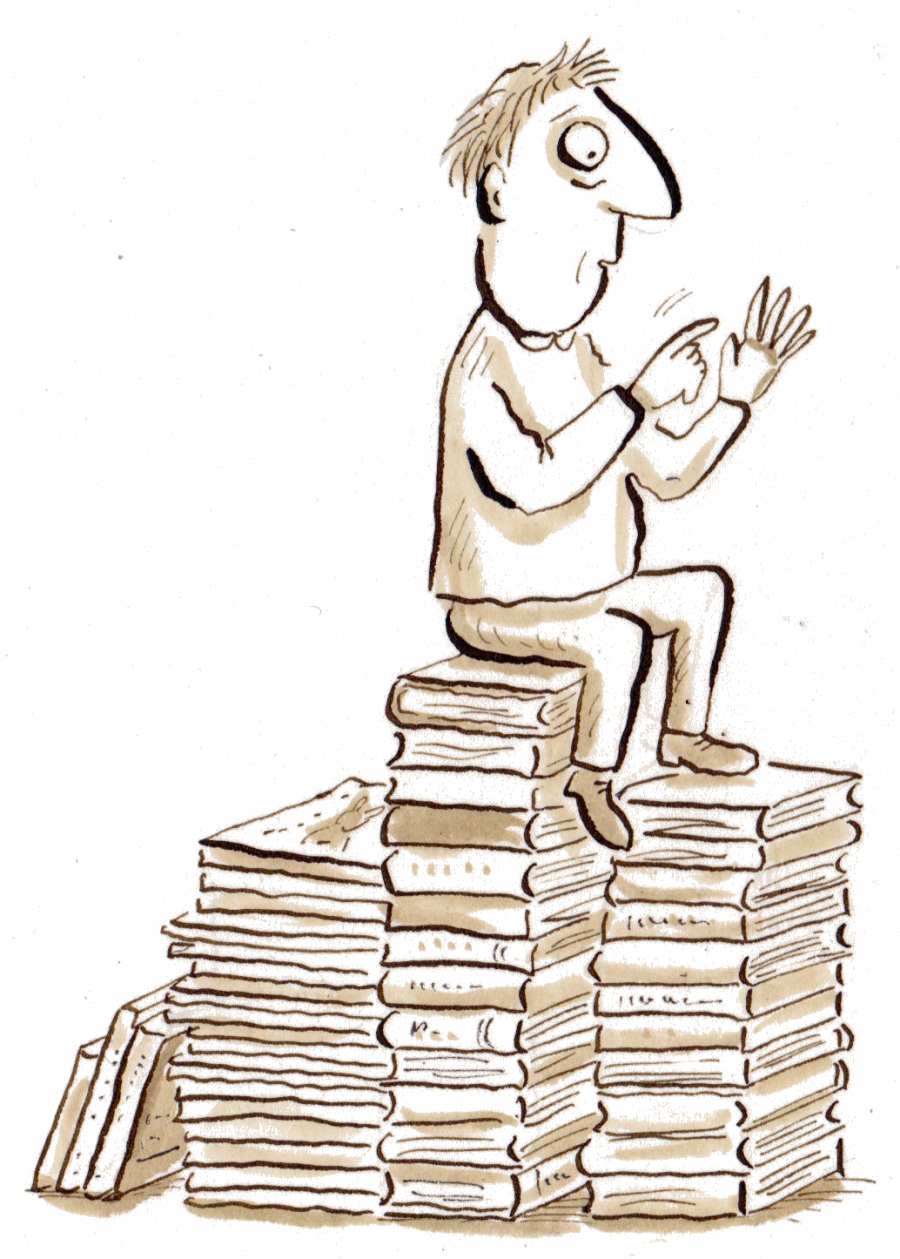
Gorjuss & Bloom Gurulós iskolatáska - Love Grows - Trollis iskolatáskák - ISKOLATÁSKA, szettek - Ajándék, játék, jelmez és iskolafelszerelési áruház, webáruház.

Gorjuss Melodies Gurulós iskolatáska - The Duet - Trollis iskolatáskák - ISKOLATÁSKA, szettek - iskolatáska, hátizsák, tolltartó, herlitz, gabol, unipap

Gorjuss Melodies Gurulós iskolatáska - This One For You - Trollis iskolatáskák - ISKOLATÁSKA, szettek - Ajándék, játék, jelmez és iskolafelszerelési áruház, webáruház.


